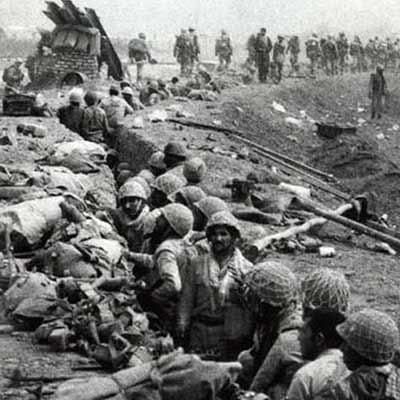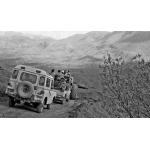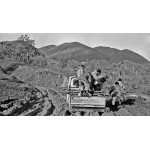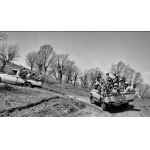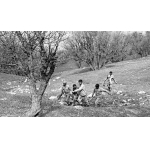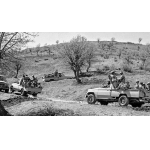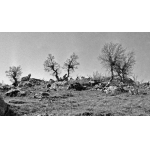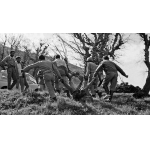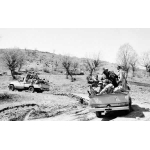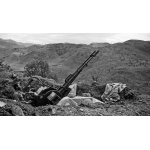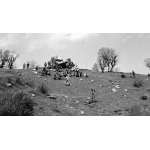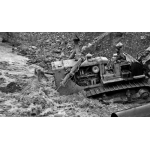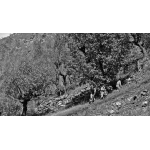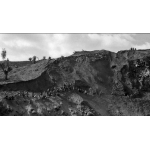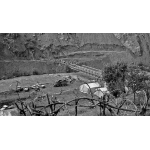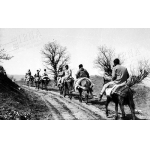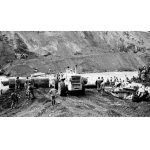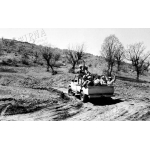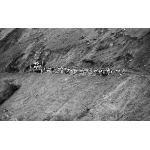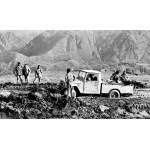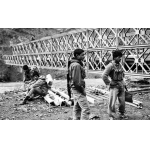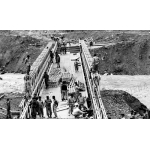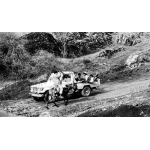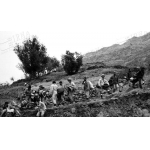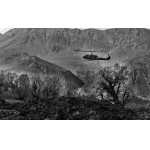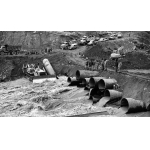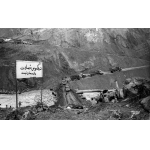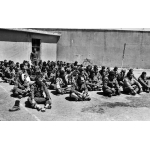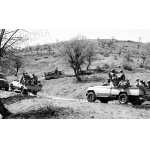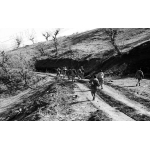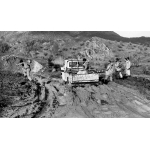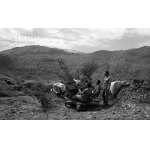Operation Fath-5 (IRGC)
Azamsadat Hosseini
335 بازدید
The extensive and irregular Operation Fath-5 took place in 1987 in the operational area of Mawut, located north of Sulaymaniyah Province, Iraq. The forces of the Islamic Revolutionary Guard Corps (IRGC) Ramadan Base and the Iraqi opposition forces carried out this operation intending to destroy the Iraqi military centers in this area.
The IRGC's Ramadan Base, which was tasked with opening a new front in the northern region of Iraq in 1985, took the war into a new direction by organizing and implementing operations deep into Iraq territory in 1987. Therefore, political efforts were made to expand cooperation with Iraqi groups opposed to Saddam's regime. Following the series of Fath Operations that were designed and implemented in 1986, preparations were made for the implementation of the 5th Fath irregular operation in the north of Sulaymaniyah. In this way, by connecting the liberated areas from Iraqi territory to Iran in the northwest and opening a new front against Iraq, the enemy would make a large transfer of military personnel and equipment from the south to the west. This would then allow for operations in the south to begin. At the same time, new fronts were opened against the enemy in the northwest, resulting in the enemy's forces and command to be divided.[1]
This operation was carried out on April 15, 1987, the same time as Operation Karbala-10 in the Baneh Sardasht axis. The simultaneity of these two operations aimed to connect the liberated areas of Iraq to Iran. At 01:47, the forces under the command of the Ramadan Base and a large group of Iraqi Kurdish dissidents launched an attack in the operational area of Mawut, located in the Sulaymaniyah Province, Iraq. It was given the codename “Sahib al-Zaman”.[2]
By crossing treacherous mountains, the Iranian troops reached the pre-determined targets in the Garmavand region and attacked the enemy. In this operation, several sensitive heights within the operational area, as well as many bases around the Surqlat area of Iraq, were captured and destroyed. Also, the 39th Iraqi Division suffered serious losses, while the important Izmer Strait, located at the height of Izmer, which overlooks Sulaymaniyah, was blocked for 24 hours. Dukan-Sulaymaniyah and Chuarte-Sulaymaniyah Roads were also under the full control of Iranian forces. By firing on Sulaymaniyah, the Iranian forces destroyed its television tower. In addition, seventy Iraqi military bases located around Surqlat, which were responsible for protecting this area, were captured and the headquarters of the 27th Brigade of the 1st Iraqi Army was attacked.[3]
During the very first hours of the operation, the speed and extent of the operation carried out by the Iranian forces surprised and destroyed Iraq's combat power. After a few hours of the operation, the targets were captured by Iranian forces. In this operation, heights 1726, 1552, 1430, 1179, 1418, and 1248 were liberated from the Garmavand heights. Parts of Qaradagh and Sangaw were also liberated. Twenty-five Iraqi villages were also captured by Iranian forces. But due to the inability of the irregular forces to repel the heavy artillery of Iraq and the lack of connection of the new liberated points to the Iranian forces defensive line, Iraq gradually regained all of its lost positions. This failure of the Iranian forces to hold their positions was due to the disharmony of the regular and irregular operating forces that attacked the enemy's positions in the heights from two opposite directions.[4]
In Operation Fath-5, more than 1,200 Iraqi forces were killed and wounded, and about 300 were captured. Also, the Iranian forces seized several cannons and mortars and various light and medium weapons.[5]
[1] Drodian, M., A Review of Iran-Iraq War, Volume 4: Shalamcheh to Halabcheh, Tehran: Islamic Revolution Guards Corps, Holy Defense Records and Research Center, 1997, pp. 184-187; Habibi, Abolqasem, Record of operations of the army in eight years of holy defense, Tehran: Islamic Revolutionary Guard Corps, Department of Public Relations and Publications, Chapter 5, 2004, pp. 162 and 163.
[2] Drodian, M., Review of the Iran-Iraq War, Vol. 4, pp. 172 and 184; Habibi, Abu al-Qasim, the record of operations of the Islamic armies in the eight years of holy defense, p. 162.
[3] Samii, A., Descriptive record of the operations of eight years of holy defense, Tehran: Vice-Chancellor of Propaganda and Publications of Vali Faqih Agency in the Ground Force, 1997, p. 329.
[4] Ibid, p. 330; Drodian, M., Review of the Iran-Iraq war, Vol. 4, p. 184.
[5] Samii, A., Descriptive record of operations of eight years of holy defense, p. 330.


